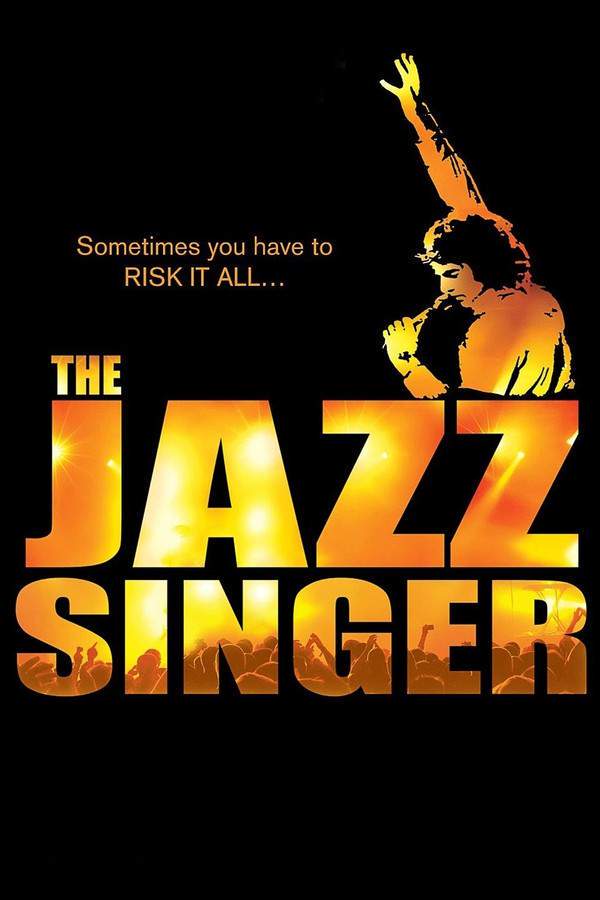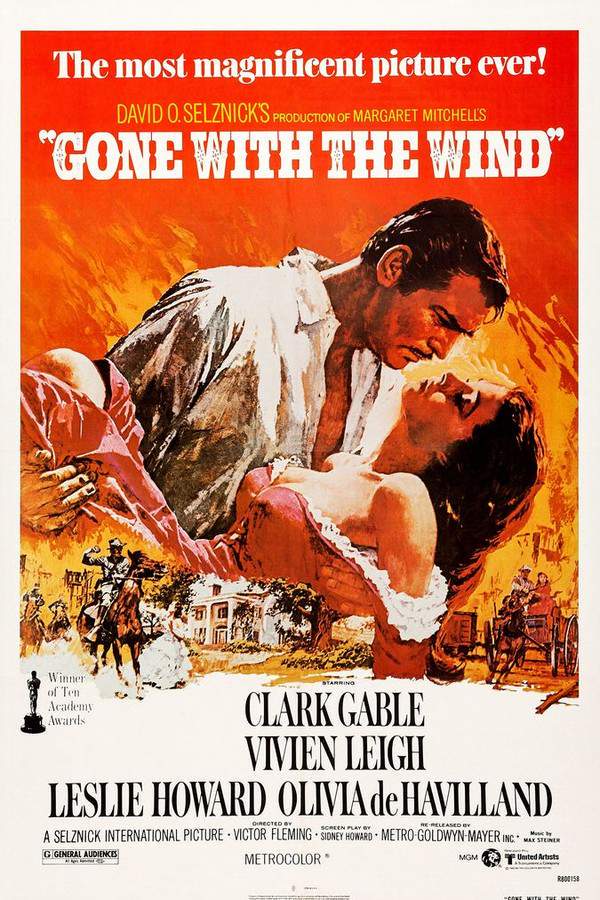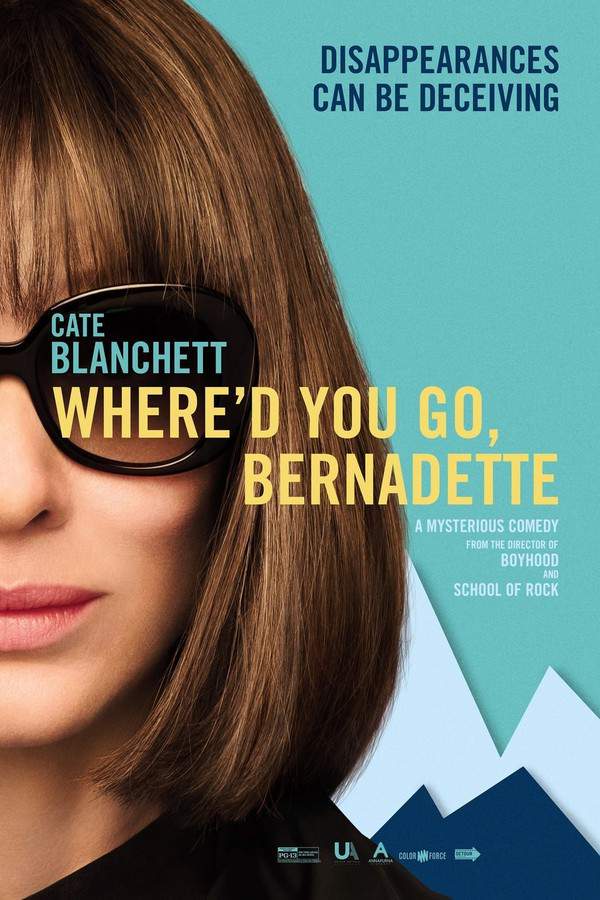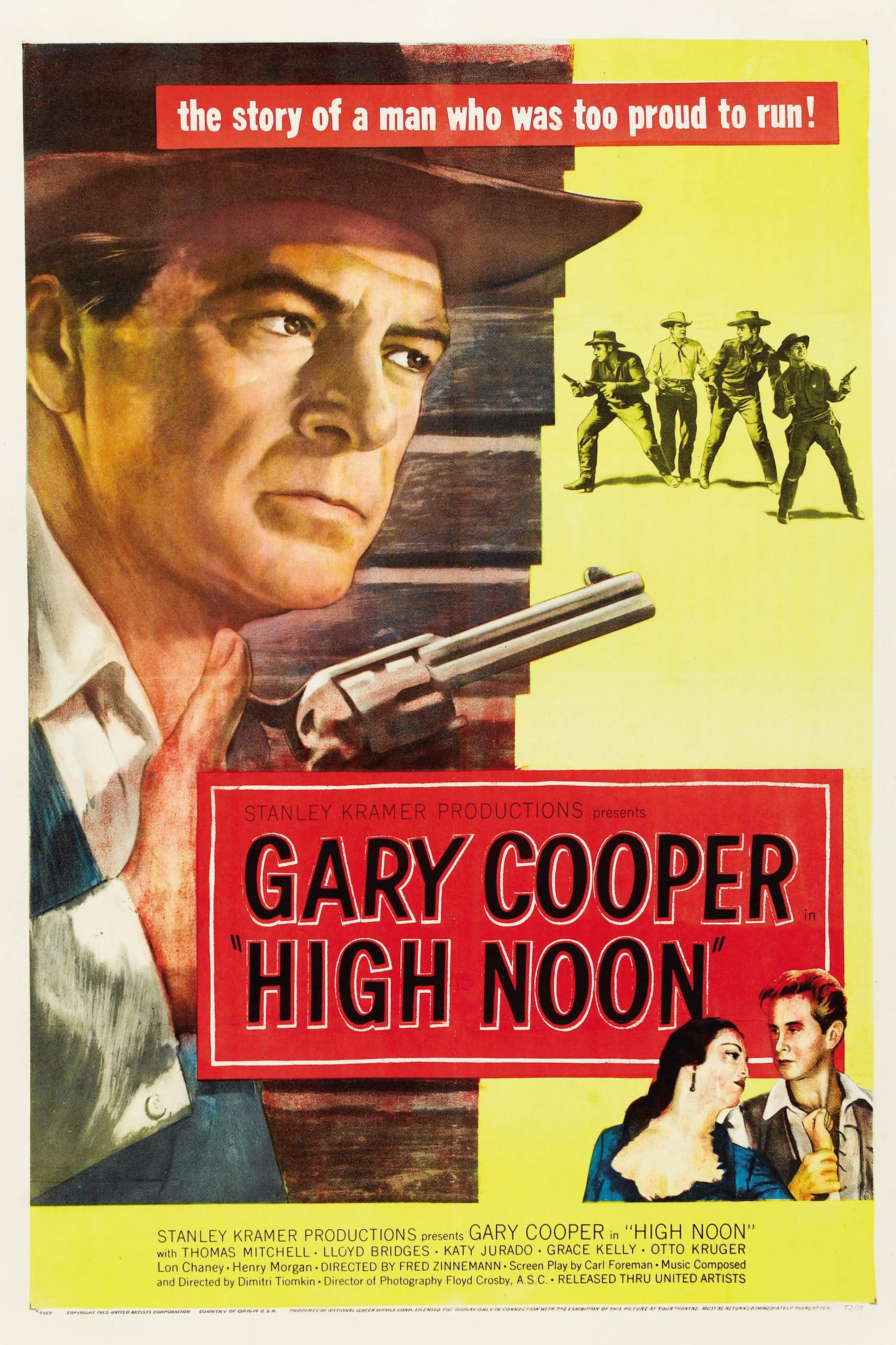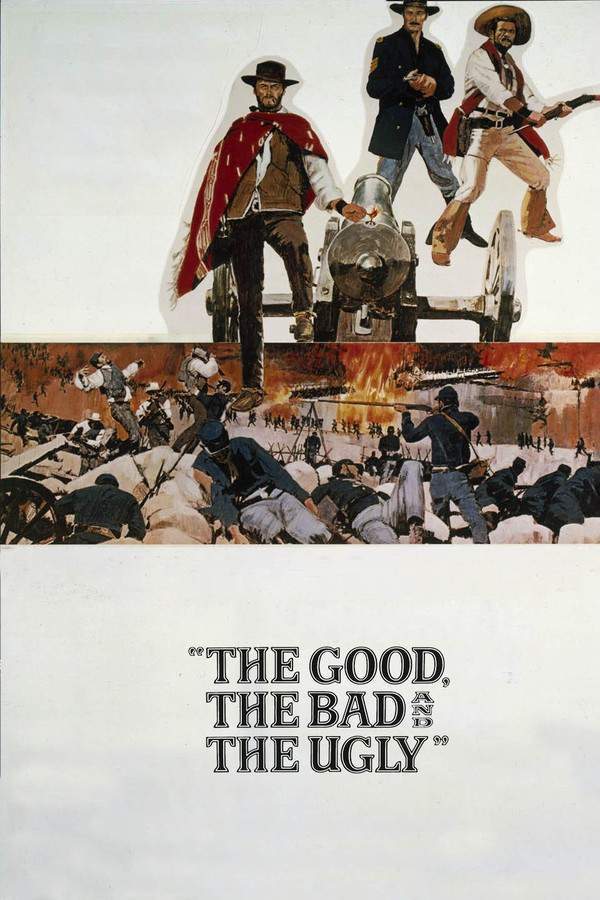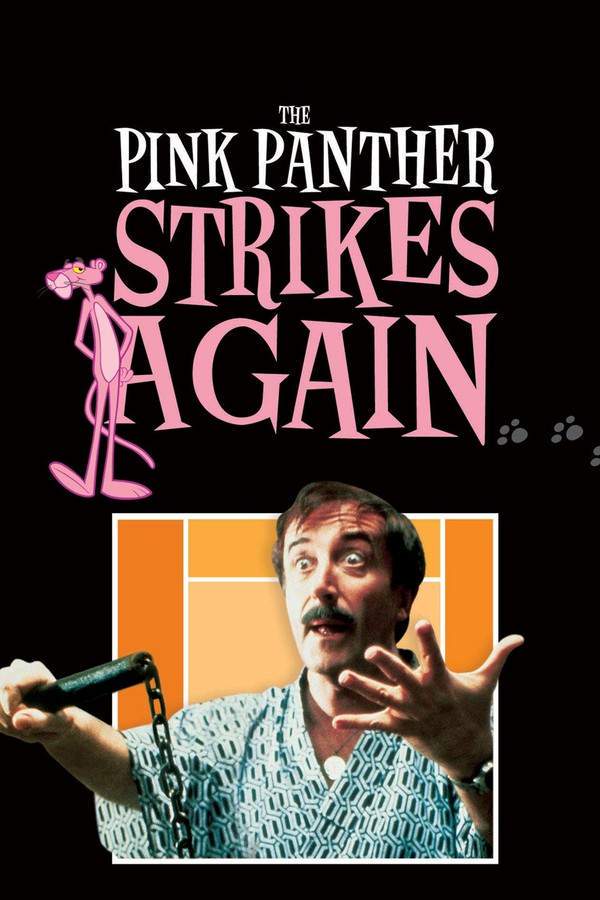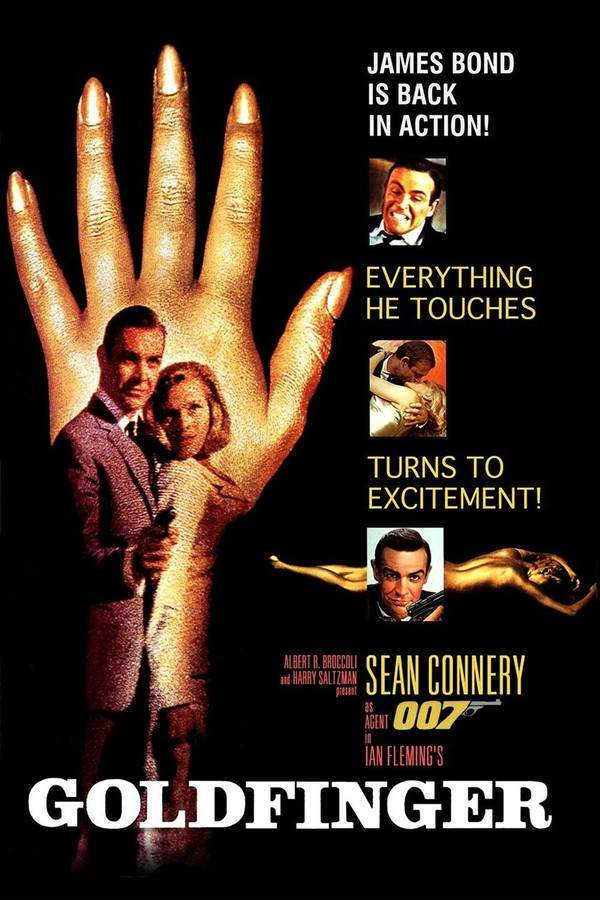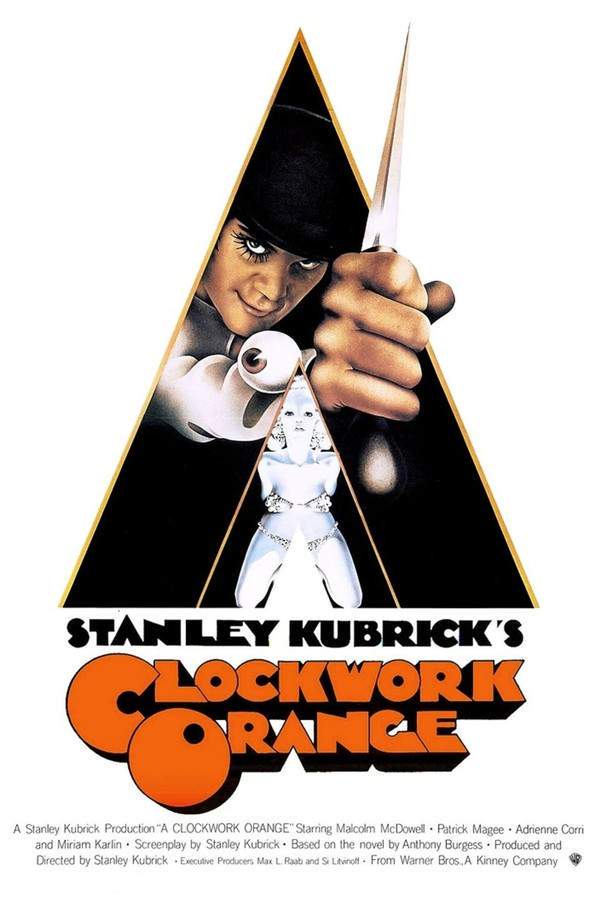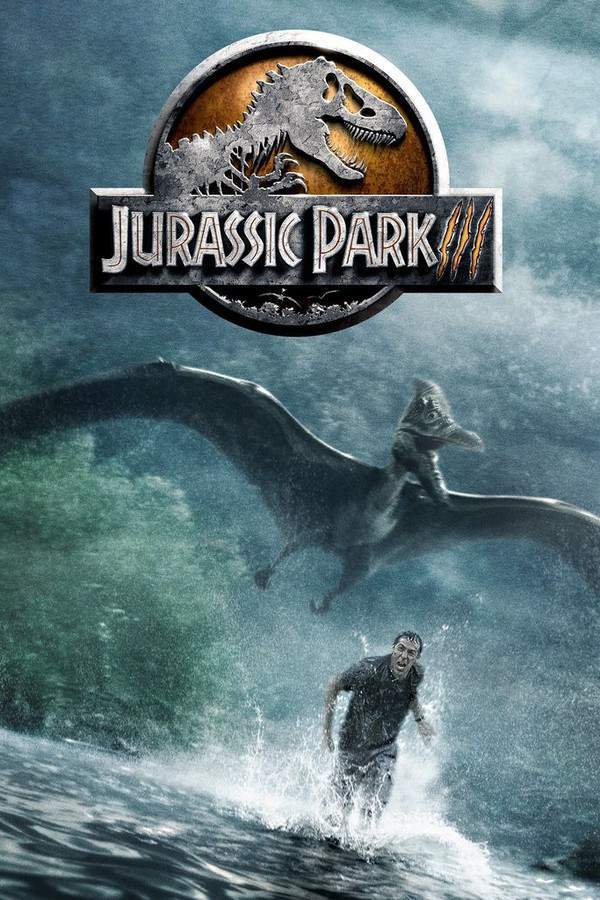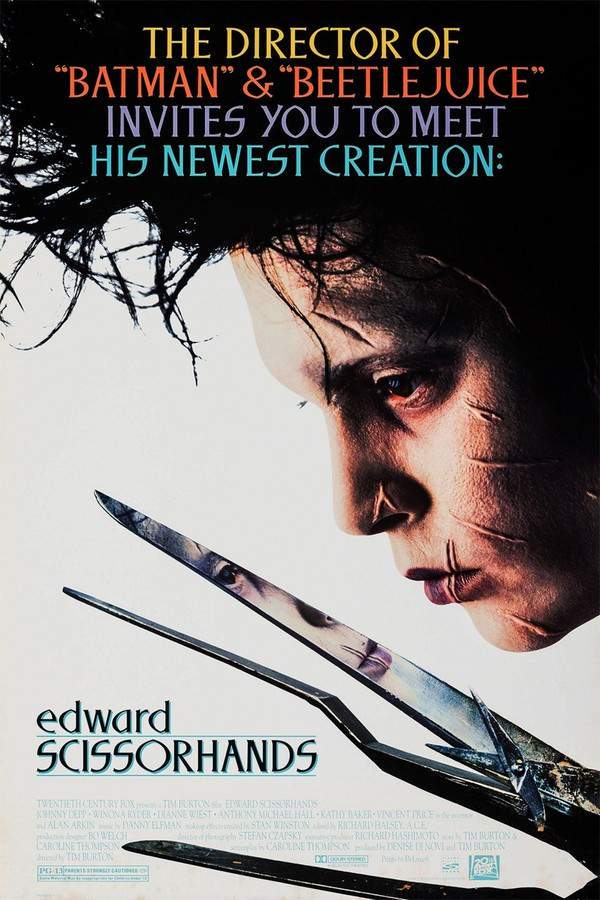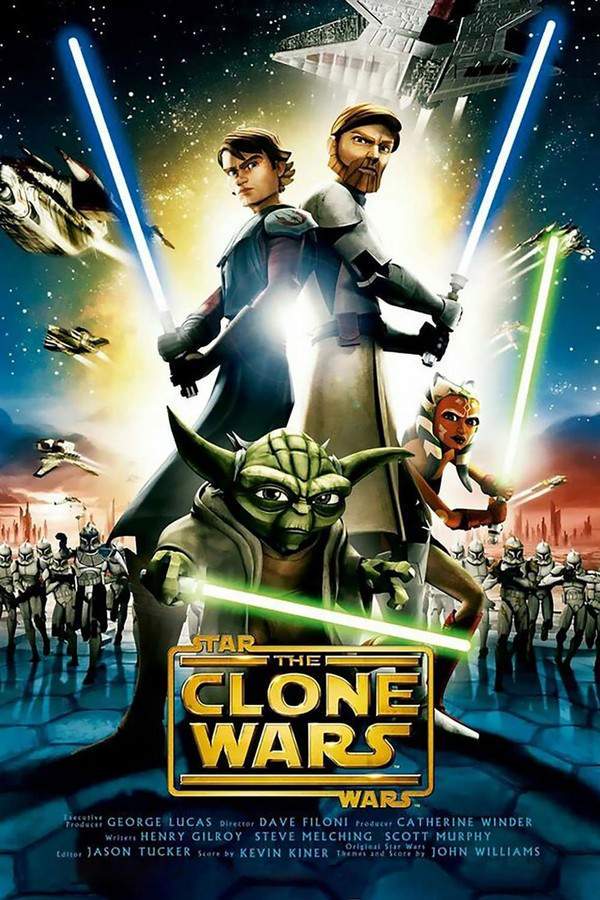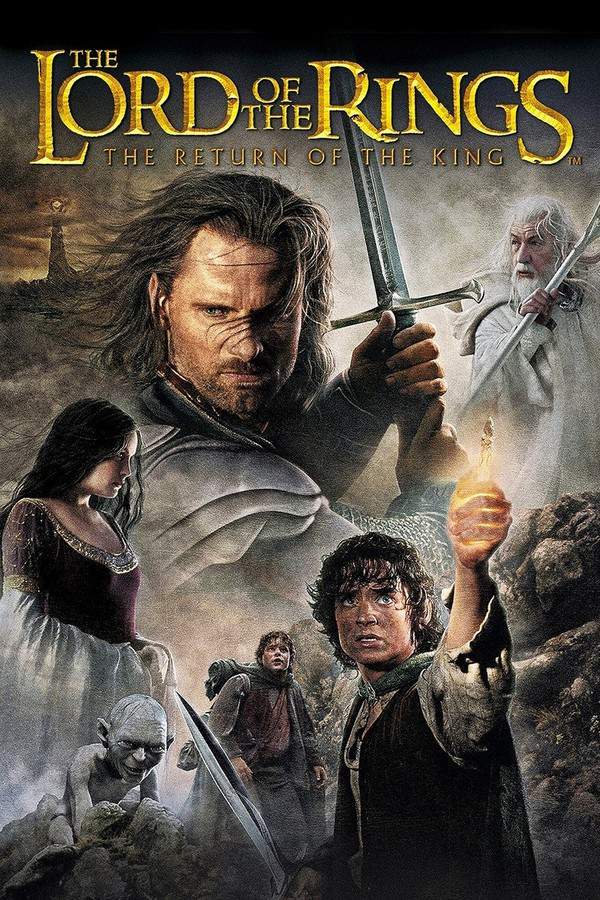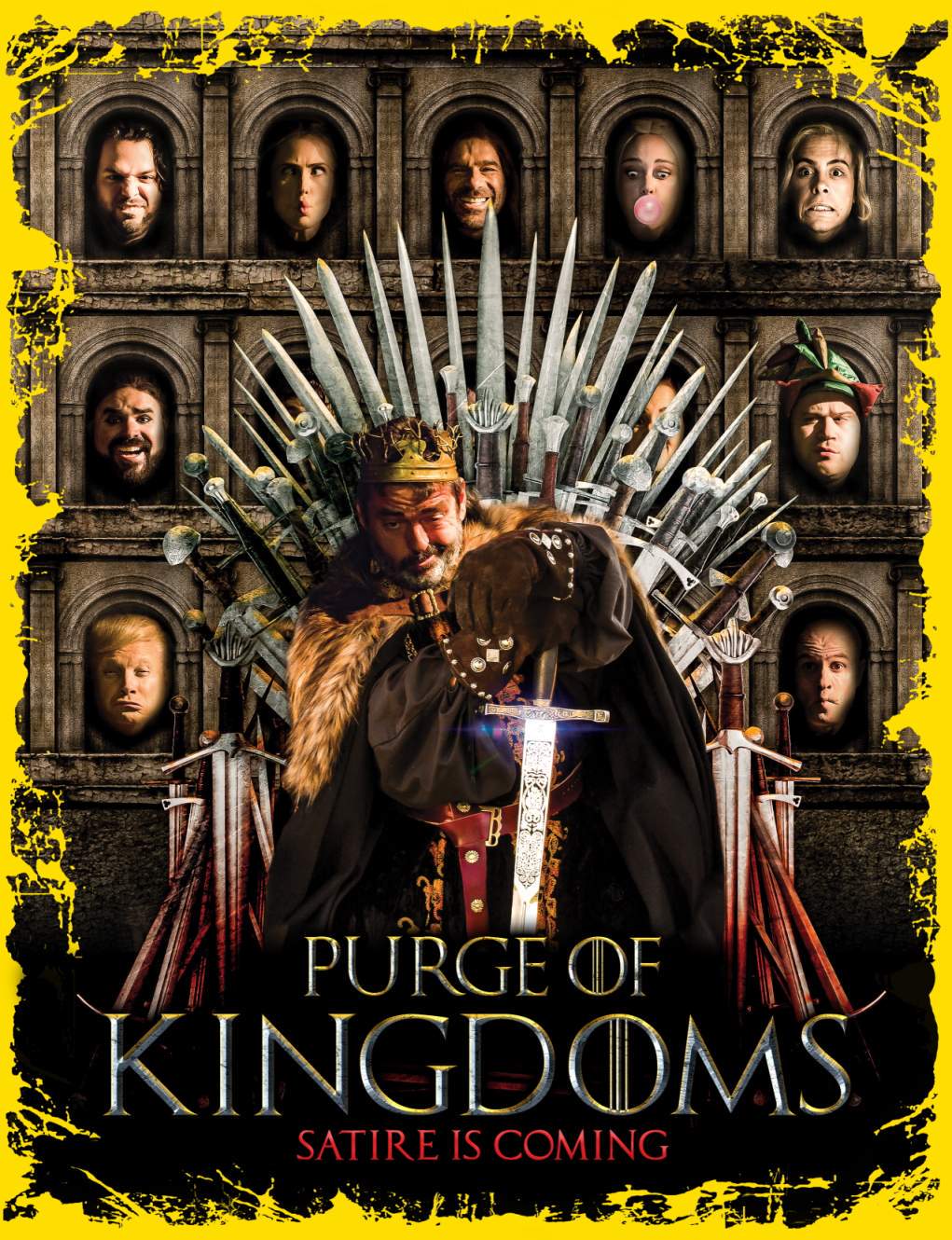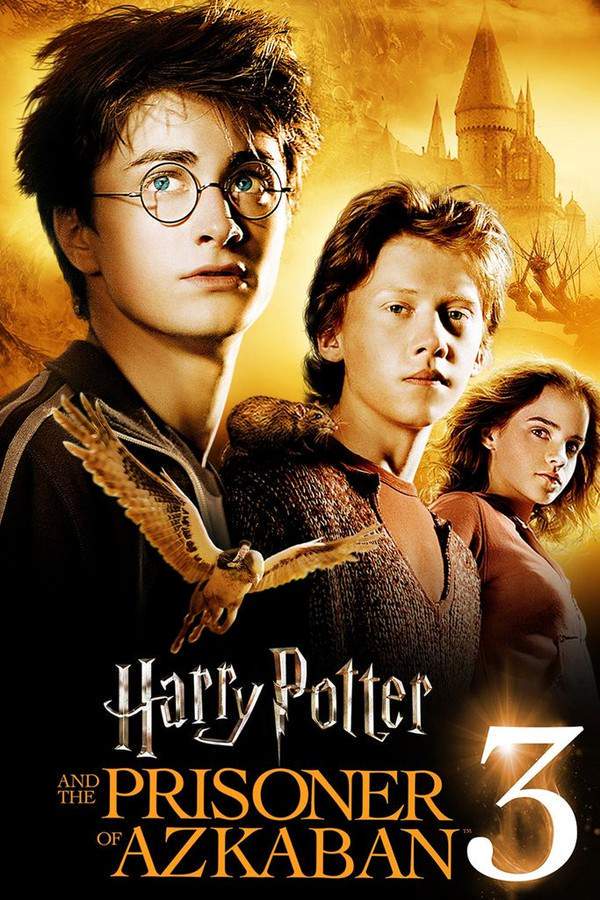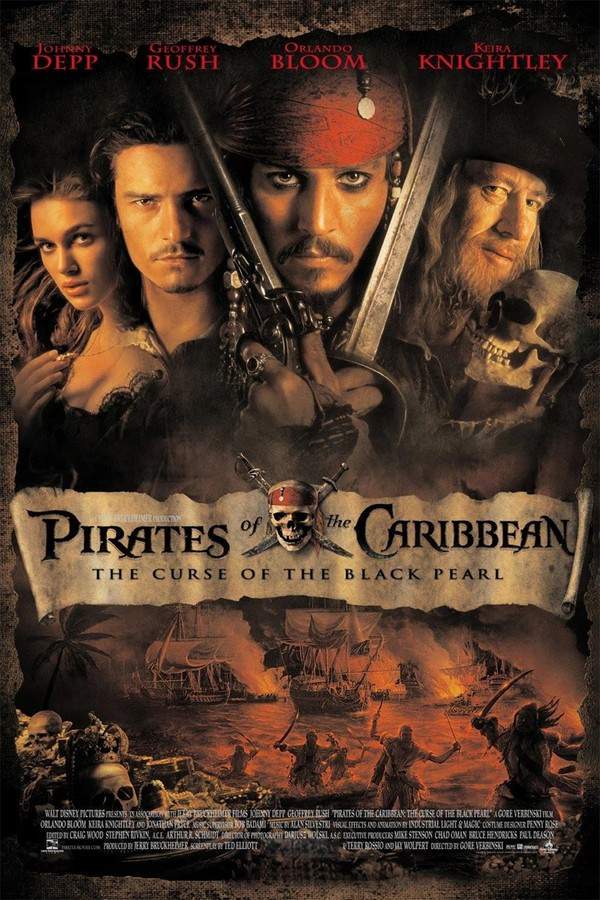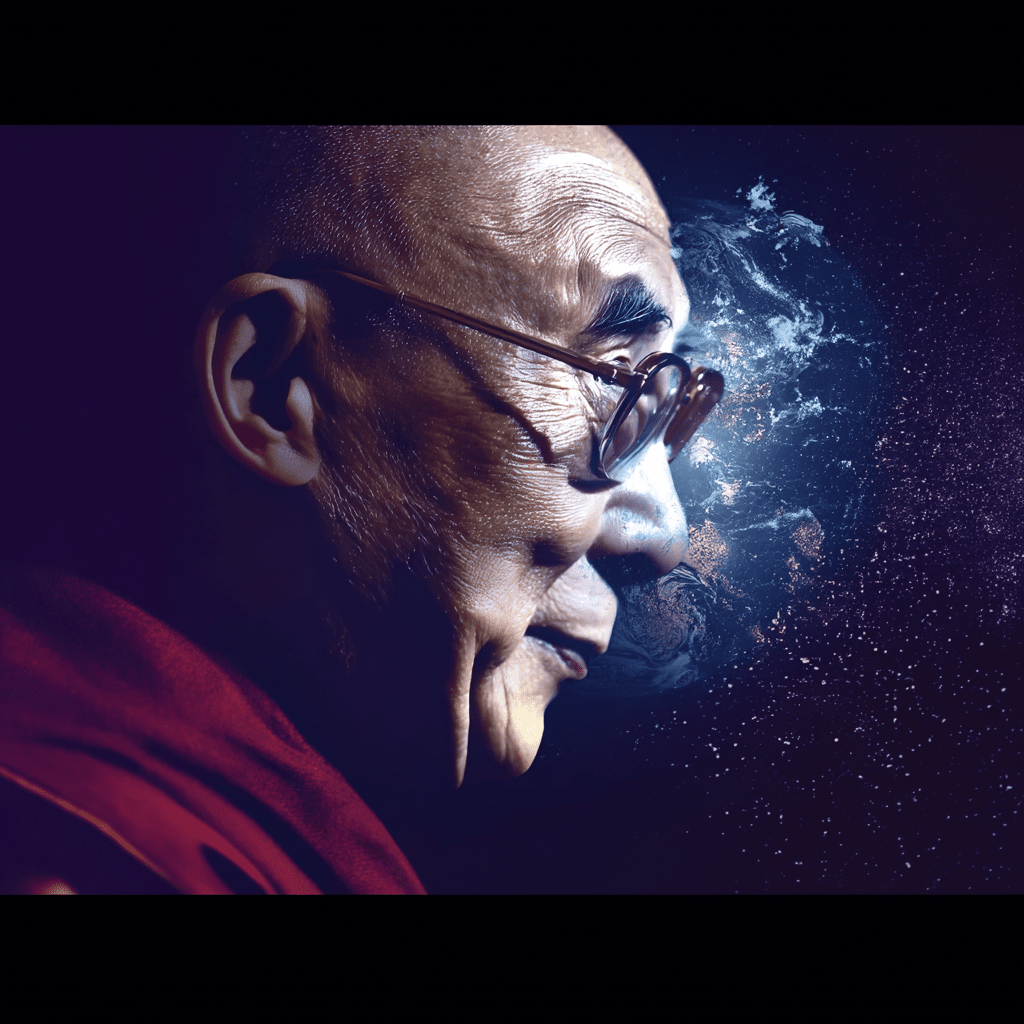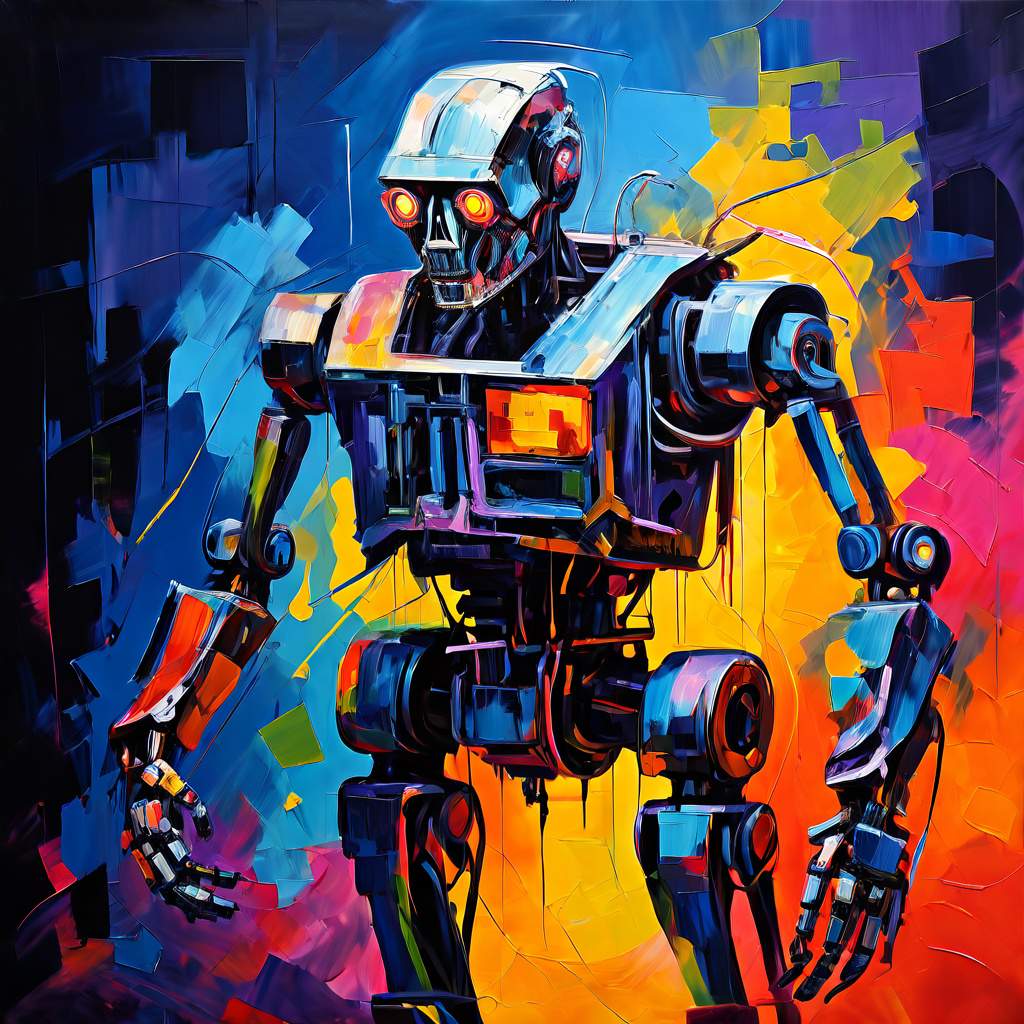What's After the Blog?
Soundtracks • Criticism
The Art of the Film Score: Composers Who Shaped Cinema
Explore the captivating world of film scores and discover how legendary composers like John Williams, Hans Zimmer, and Ennio Morricone shaped the emotional landscape of cinema in our comprehensive blog post.
May 3, 2024

Movies mentioned in this article
The Art of the Film Score: Composers Who Shaped Cinema
Introduction
The world of cinema is as much about sound as it is about sight. Film scores are not just background music; they are an integral part of the storytelling process, shaping our emotional responses and enhancing the narrative. From the delicate strings that accompany a romantic scene to the pulsating rhythms of an action sequence, the music behind a film can elevate its impact from ordinary to extraordinary.
Film scores have evolved significantly since the inception of cinema, paralleling the industry’s technological advancements and changing artistic trends. This evolution reflects not only in the styles and instruments used but also in how music interplays with cinematic elements to create a comprehensive sensory experience. In this exploration of film scores, we delve into the history, the innovations, and the masterful composers who have left an indelible mark on the art of cinema.
The Birth of Film Music: Silent Era to Talkies
The genesis of film music dates back to the silent film era, a time when movies were anything but silent. In the absence of recorded dialogue or sound effects, music played a crucial role in conveying emotions and enhancing the visual narrative. Initially, live pianists or small ensembles would accompany screenings, improvising or playing classical pieces that matched the mood of the film. This practice laid the groundwork for the integral relationship between sound and picture in cinema.
- Silent Era Innovations: Early film composers like Camille Saint-Saëns, who composed for “The Assassination of the Duke of Guise” in 1908, began the tradition of specifically composed scores for films.
As films transitioned from silent to sound with “talkies” in the late 1920s, the role of music in cinema underwent a significant transformation. The advent of synchronized sound technology allowed for scores to be directly integrated into the film, giving composers a more direct influence on the viewing experience. This era marked the birth of the film score as we know it today.
- The First Talkies: Movies like The Jazz Singer (1927), often credited as the first major “talkie”, showcased the potential of synchronized sound, changing the landscape of film music forever.
The 1930s and 1940s witnessed the golden age of Hollywood film scores, where the music often took on a grand, symphonic quality. Composers like Max Steiner and Alfred Newman became household names, crafting lush, orchestral scores that became as iconic as the films they accompanied.
- Max Steiner’s Influence: Steiner’s score for Gone with the Wind (1939) is a prime example, with its sweeping melodies and dramatic themes that have become synonymous with the film’s epic narrative.
- Alfred Newman’s Contributions: Newman’s work in The Song of Bernadette (1943) demonstrated his ability to weave spiritual and emotional depth into his music, enhancing the film’s spiritual narrative.
This period also saw the rise of leitmotifs, a technique where specific themes are associated with characters or ideas, adding a layer of complexity to the storytelling. This technique would later be used to great effect by composers like John Williams and Howard Shore in their iconic scores.
The transition from silent films to talkies was not just a technological leap; it represented a fundamental shift in the art of film storytelling. Music transitioned from a live, variable element to an intrinsic part of the film’s fabric, deeply intertwined with its emotional and narrative structure. This era set the stage for the rich, diverse world of film scoring that we experience today.
Golden Age of Hollywood: The Symphonic Sweep
The Golden Age of Hollywood, stretching from the 1930s to the 1950s, is often revered as the era that defined the classic film score. Composers of this era brought a symphonic richness to the silver screen, often drawing from their European classical music backgrounds. This period saw the rise of legends such as Bernard Herrmann, Erich Wolfgang Korngold, and Dimitri Tiomkin, whose compositions not only complemented but also elevated the films they scored.
- Bernard Herrmann’s Mastery: Herrmann, known for his long-standing collaboration with Alfred Hitchcock, created some of the most memorable scores in film history. His work for Psycho (1960), especially the iconic shower scene, used screeching strings to heighten the sense of horror and suspense.
- Erich Wolfgang Korngold’s Contributions: Korngold, who scored The Adventures of Robin Hood (1938), brought operatic grandeur to his compositions, seamlessly blending them with the film’s narrative.
- Dimitri Tiomkin’s Versatility: Known for his versatility, Tiomkin’s score for High Noon (1952) is a prime example of how music could underscore the tension and drama in a film, particularly in Western genres.
The Golden Age also saw the rise of the studio system, where composers often worked under contract for specific studios, creating a distinctive sound that became associated with each studio’s brand. This era’s scores were characterized by their lush orchestrations, complex arrangements, and the ability to evoke a wide range of emotions, from the romantic swells of love stories to the dramatic crescendos of epic dramas.
The 60s and 70s: Experimentation and New Waves
Moving into the 1960s and 70s, film music began to reflect the social and cultural changes sweeping across the globe. This era was marked by a move away from the traditional orchestral scores of the Golden Age to more eclectic and experimental compositions, incorporating elements of jazz, rock, and electronic music.
- Ennio Morricone’s Innovative Style: Italian composer Ennio Morricone redefined the sound of the Western genre with his work in The Good, the Bad and the Ugly (1966). His use of unconventional instruments like the electric guitar, harmonica, and whistling created a haunting and unforgettable soundtrack.
- Henry Mancini’s Jazz Influences: Mancini’s score for The Pink Panther (1963) brought jazz into the mainstream of film music, with its playful and catchy theme becoming instantly recognizable.
- John Barry’s Bond Scores: Barry, famous for his work on the James Bond series, blended lush orchestration with jazz and pop elements, exemplified in the iconic Goldfinger (1964) theme.
This era also witnessed the rise of electronic music in film scores, introducing a new palette of sounds that could be used to create mood and atmosphere. Composers like Wendy Carlos, with her groundbreaking score for A Clockwork Orange (1971), utilized synthesizers to produce futuristic and otherworldly soundscapes, reflecting the film’s dystopian themes.
The experimentation of the 60s and 70s paved the way for a more diverse and innovative approach to film scoring, opening up new possibilities for how music could be used to tell a story on screen. This period set the stage for the myriad of styles and techniques that would come to define film music in the decades to follow.
Modern Maestros: Diversity and Technology
The late 20th and early 21st centuries heralded a new era in film scoring, characterized by a remarkable diversity in style and the integration of advanced technology. This period saw the emergence of composers who blended traditional orchestration with electronic music, world music, and various experimental techniques, creating soundtracks that were as innovative as the films they accompanied.
- Hans Zimmer’s Technological Fusion: Hans Zimmer, renowned for his work on Inception (2010), is a prime example of a modern composer who seamlessly blends electronic music with traditional orchestral arrangements. His use of the ‘Shepard tone’ in Inception’s score created a continuously ascending pitch illusion, perfectly complementing the film’s surreal, dream-like sequences.
- John Williams’ Timeless Themes: Williams continued to dominate the film music landscape with his memorable themes. His score for Jurassic Park (1993) combined grand orchestration with awe-inspiring melodies that captured the wonder and terror of the film’s prehistoric subjects.
- Danny Elfman’s Unique Style: Danny Elfman, known for his collaborations with director Tim Burton, brought a distinctive, whimsical style to films like Edward Scissorhands (1990). His imaginative use of choir and orchestration created a fairy-tale like atmosphere that perfectly matched the film’s gothic aesthetic.
The advent of digital technology also revolutionized film scoring, allowing composers to experiment with new sounds and production techniques. This era of film music is marked by its eclecticism, with scores ranging from the minimalist to the grandiose, reflecting the diverse storytelling styles of modern cinema.
The Power of a Theme: Iconic Scores That Defined Films
Some film scores transcend the movies they were composed for, becoming cultural touchstones in their own right. These scores are often characterized by a powerful main theme, a melody so distinctive and evocative that it becomes inseparable from the film itself.
- John Williams and Star Wars: Perhaps no other theme is as instantly recognizable as John Williams’ opening fanfare for Star Wars (1977). This epic, sweeping score captured the adventurous spirit of the films, becoming synonymous with the franchise.
- Howard Shore’s Lord of the Rings Trilogy: Shore’s score for The Lord of the Rings series is a masterclass in thematic composition. His use of leitmotifs for different characters and cultures within the film’s universe created a rich, immersive soundscape that was integral to the storytelling.
- Ramin Djawadi’s Game of Thrones Theme: While not a film, the impact of Djawadi’s theme for the TV series Game of Thrones (2011-2019) demonstrates the power of a memorable theme in visual media. The haunting melody and strong rhythmic drive perfectly encapsulated the series’ epic scale and complex narrative.
These themes have a unique ability to evoke the essence of the film they represent, often becoming part of popular culture and continuing to resonate with audiences long after the credits roll. They are testaments to the power of music in film and its ability to connect with viewers on a deep, emotional level.
Beyond the Screen: Film Scores in Concert Halls
In recent years, the appreciation for film scores has extended beyond the cinema, finding a new home in concert halls around the world. This phenomenon reflects the growing recognition of film music as a legitimate and powerful form of artistic expression. Film score concerts have become popular events, attracting audiences who wish to experience the music of their favorite films in a live setting.
- Film Music Concerts: Orchestras worldwide have embraced film music, performing scores from movies like Harry Potter and Pirates of the Caribbean in concert. These events often feature large screens showing clips or stills from the films, creating an immersive experience that combines the power of live music with the magic of cinema.
- Composer Tours: Some composers, such as Hans Zimmer and John Williams, have also toured, conducting their own music in grand performances that highlight their illustrious careers. These concerts provide a unique opportunity for fans to experience the composer’s vision firsthand, outside the context of the film.
The popularity of these concerts is a testament to the enduring impact of film scores and their ability to resonate with audiences on a profound level. They also highlight the versatility of these compositions, as they transition seamlessly from the background of a film to the forefront of a live performance.
Wrap-Up
As we conclude our exploration of film scores and the composers who shaped cinema, it’s clear that these musical masterpieces are much more than just accompaniments to the visuals on screen. They are vital components of the storytelling process, capable of conveying emotion, enhancing narratives, and leaving a lasting impression on audiences. The evolution of film music from the live accompaniments of silent films to the diverse, technologically advanced scores of today reflects the ever-changing landscape of cinema itself.
In the world of film, music is an unseen character, shaping our experiences and memories of the stories being told. It’s a realm where composers like Max Steiner, Ennio Morricone, John Williams, and Hans Zimmer have left an indelible mark, not just on the movies they scored, but on the art of cinema as a whole. As we continue to celebrate and analyze the contributions of these maestros, we invite you to delve deeper into the world of film and its music through ATM, where the magic of movies and their scores can be explored in greater detail.
Invitation to Further Exploration
We hope this journey through the history and artistry of film scores has been as enlightening for you as it has been for us. The world of film music is vast and rich, with each score holding its own unique story and emotional resonance. We encourage you to continue exploring the depth and breadth of this art form, whether through rewatching your favorite films with a keener ear to their scores or discovering new soundtracks that might become your next musical obsession.
- Discover More on ATM: For those who are eager to dive deeper, ATM offers a wealth of information on movies, including details about their scores, composers, and the impact these have on the cinematic experience. It’s a fantastic resource for anyone looking to expand their knowledge and appreciation of film music.
- Engage with the Community: Additionally, engaging with online communities and forums dedicated to film music can be a great way to learn from fellow enthusiasts. Discussions and debates about different scores, composers, and their techniques can provide new insights and perspectives.
Film music is a gateway to understanding cinema at a deeper level, and we hope this exploration has sparked your curiosity and passion for this incredible art form.
Closing Thoughts
As we draw this discussion to a close, it’s important to remember that the art of the film score is an ever-evolving field, constantly being redefined by innovative composers and changing cinematic trends. The relationship between music and film is a dance of creativity and expression, where each element enhances and elevates the other.
- The Emotional Impact: The power of a film score lies in its ability to tap into our emotions, subtly guiding our reactions and deepening our connection to the story. It’s a reminder of how art can transcend the medium, leaving a lasting impact on our hearts and minds.
- The Future of Film Music: Looking to the future, we can anticipate new innovations and evolutions in film scoring. As technology advances and new voices emerge in the field of composition, the possibilities for what film music can achieve are boundless. We look forward to witnessing and experiencing these future masterpieces.
In conclusion, the art of the film score is much more than background music; it is an essential thread in the tapestry of filmmaking. It shapes how we experience and remember films, and its composers deserve recognition as true maestros of their craft. As movie lovers and enthusiasts, let’s continue to celebrate and explore the rich world of film scores, uncovering the stories and emotions they bring to life on screen.
Continue reading

What's After the Movie?
Not sure whether to stay after the credits? Find out!
Explore Our Movie Platform
New Movie Releases (2026)
Famous Movie Actors
Top Film Production Studios
Movie Plot Summaries & Endings
Major Movie Awards & Winners
Best Concert Films & Music Documentaries
Movie Collections and Curated Lists
© 2026 What's After the Movie. All rights reserved.

